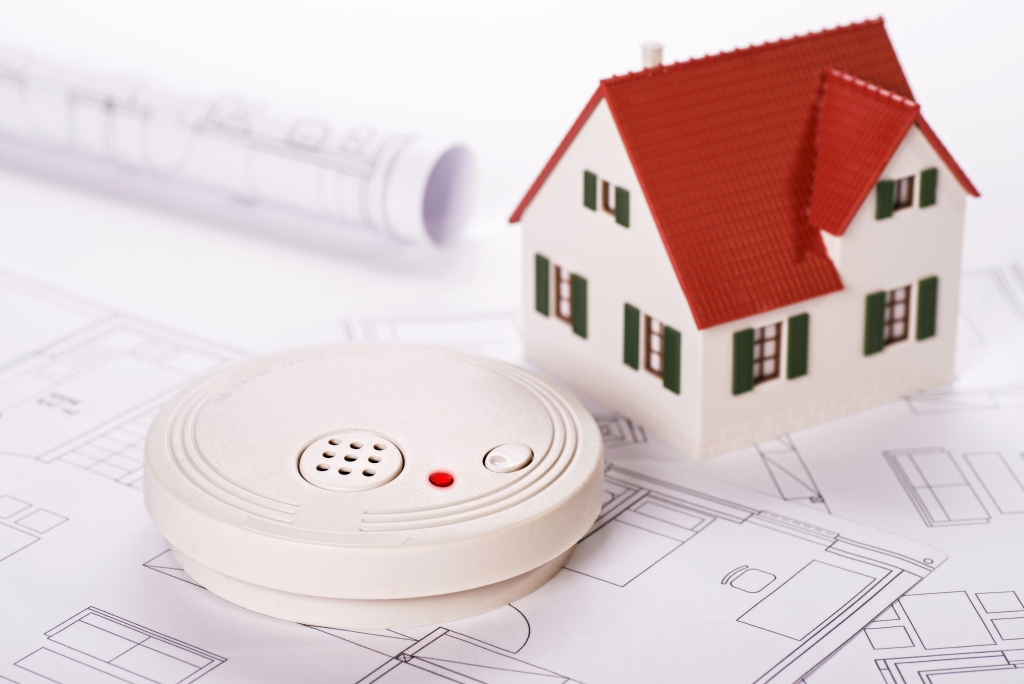Call us 1800 243 232
Menu
Call us 1800 243 232

As the cooler weather rolls in, many of us turn to our wood heater, clothes dryer, electric blanket and wheat-filled heat packs for practical comfort – but they also come with a real risk of fire. There could be a build-up of soot in your chimney or lint in your dryer; your electric blanket could have developed a fault, or you overheat your heat pack in the microwave.
Smoke alarms detect toxic smoke that can cause serious injury and potential death. Early detection provides you and your family with the opportunity to evacuate safely from your home.
Smoke alarms can either be wireless, or wired into your electricity. Always check the manufacturer’s instructions that come with the alarm when you purchase it. These provide the best information about installation and maintenance.
You will need to book an electrician to install wired-in alarms but you can replace the back-up battery yourself.
Wireless alarms can be easily installed directly onto your ceiling.
The 10-year inbuilt lithium battery type of wireless alarms are definitely worth considering. As long as you check and clean it regularly, you don’t need to change the battery – and at around $35 each they are very cost-effective.
Your smoke alarms should be tested monthly and have any dust and cobwebs removed every six months. The easiest way to do this is with a vacuum cleaner.
Your Anglicare worker can check and clean your smoke alarms if they can do this safely while standing on the floor.
You should never use a wheat-filled heat pack to warm your bedding, or store it before it has cooled down. If yours doesn’t come with clear heating instructions, discard it.
Visit the ‘Home Fire Safety’ section of the Tasmania Fire Service website at www.fire.tas.gov.au for more information. They also have a free call information line: 1800 000 699.
Always phone Triple Zero (000) if there’s an emergency.
Click the button below to visit our contact page
Contact usOr, if you'd prefer to email us directly
Email usOr, phone us on
1800 243 232